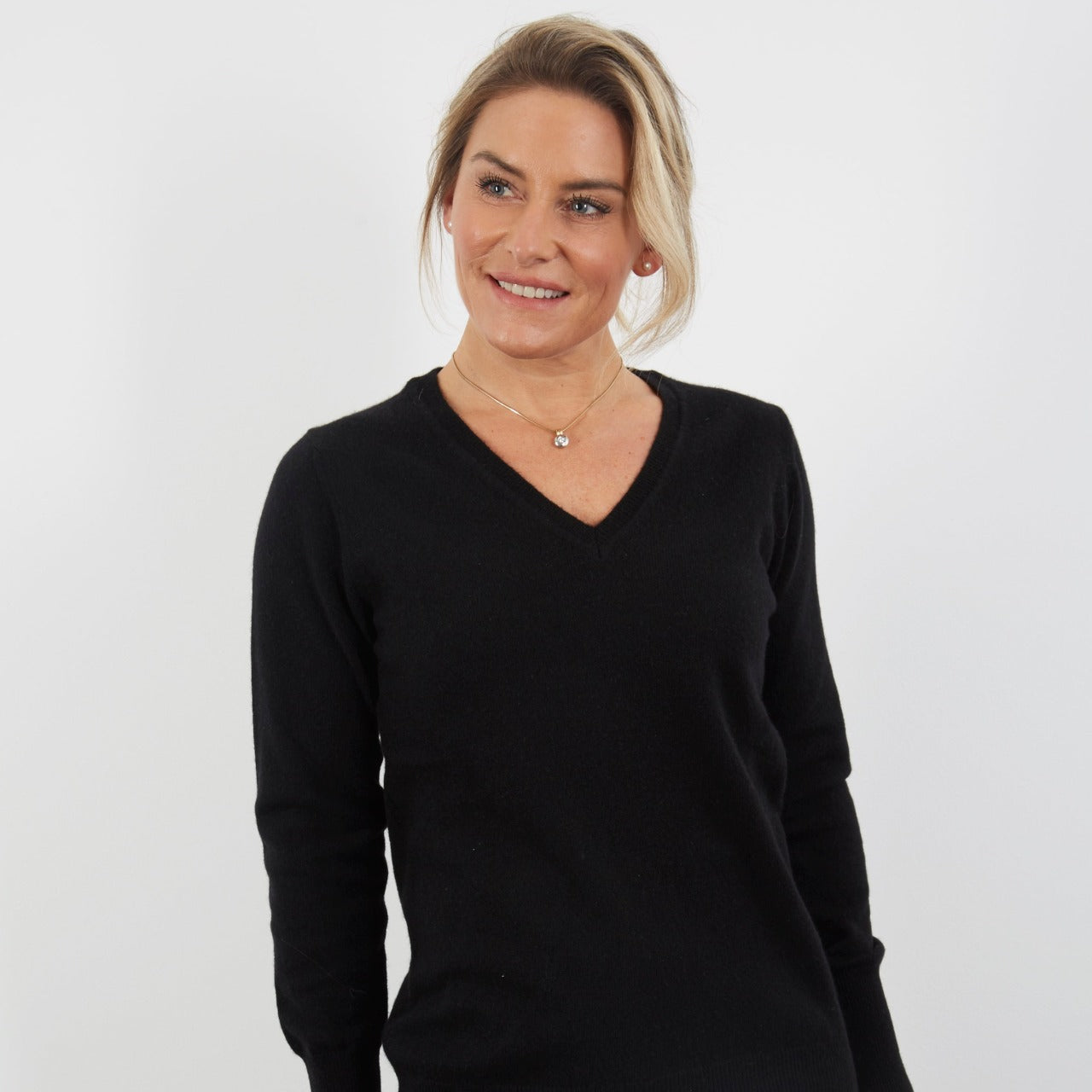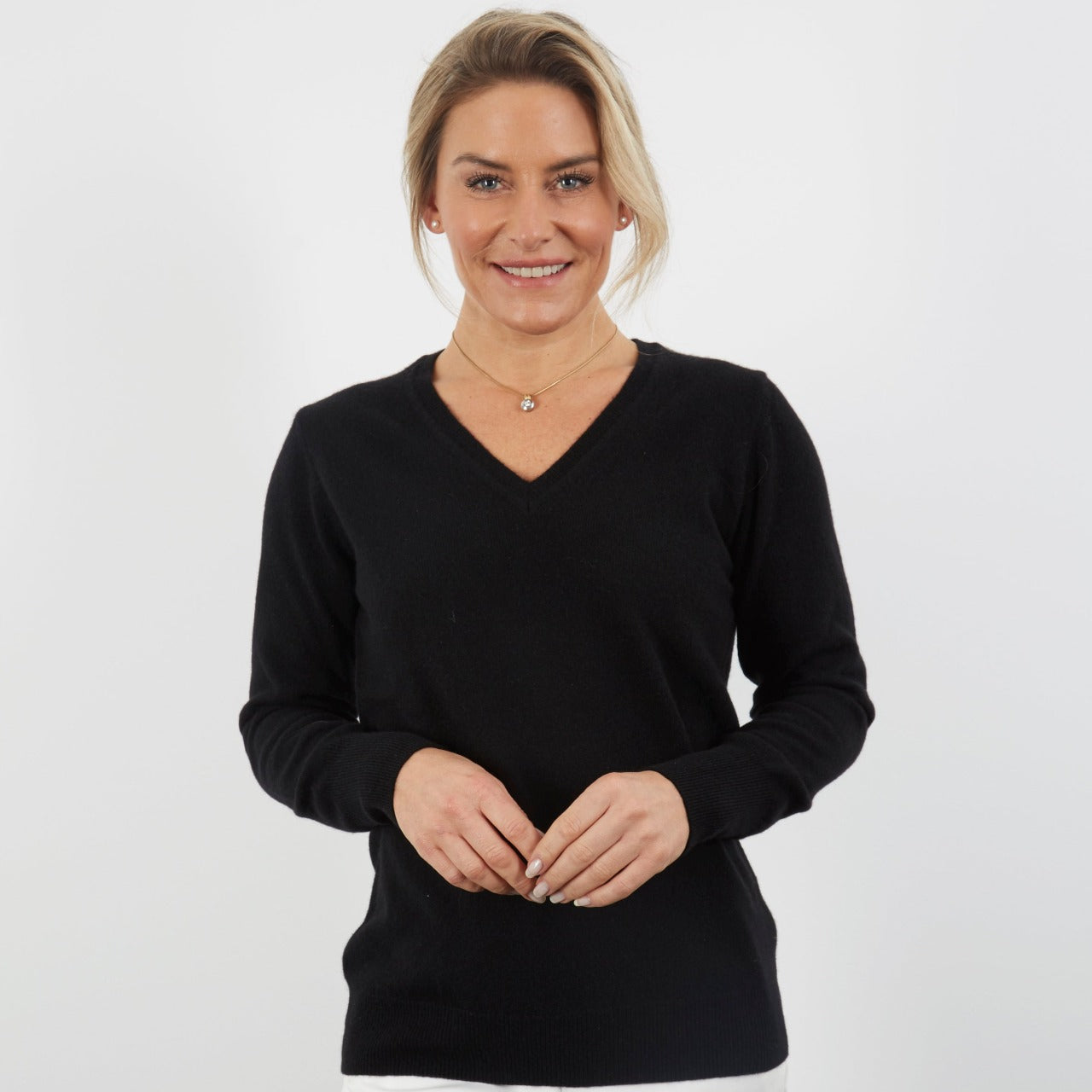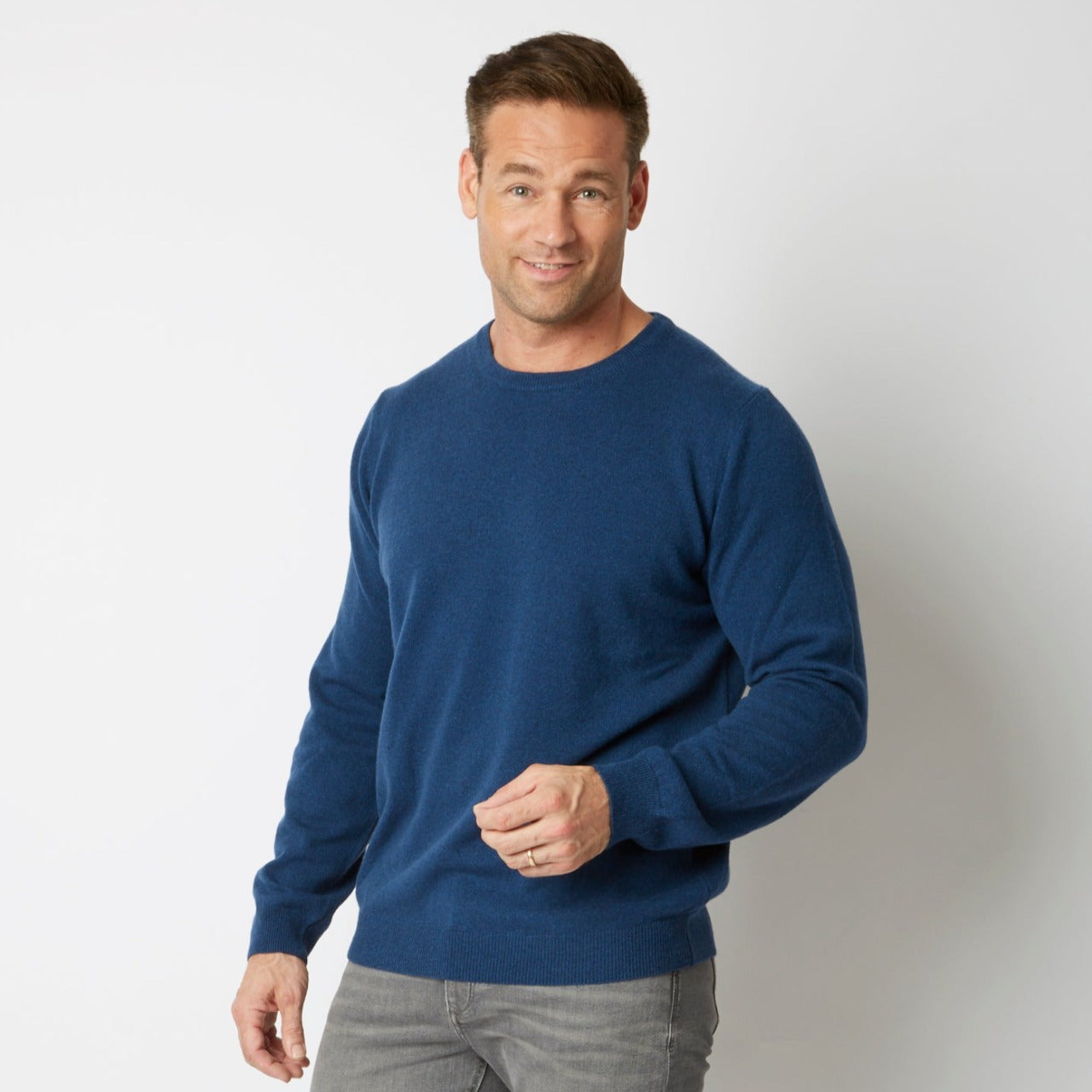Consumer attitudes and values to fashion are changing. Sustainability and reducing carbon emissions is a topic that has been finding its way into every sector and it’s now aiming to (literally) slow down fashion shopping habits and encourage a sustainable fashion mentality.
Popular fast-fashion, famed for its low cost fabrics and quick changing trends, is being replaced by a sustainable fashion shopper adopting the slow fashion movement.

The slow fashion trend is attempting to re-educate the fashion conscious and change their buying behaviours. But this is tough when we live in an instagram world that frowns upon re-wearing the same outfit twice. Social media has created the pressure to consume much more clothing than we need, creating excess waste. So how do we change this mind-set?
It’s not just the buyers that need to commit to an eco-friendly fashion ethos, some brands have also been pledging to reduce their carbon footprint by embracing greener manufacturing processes or looking to more sustainable fabrics. Typically, fast-fashion fabrics are synthetic, non-recyclable, non-biodegradable, and these also require more energy to produce.

Polyester is one of the biggest offenders and a move away from virgin polyester and into the use of recycled bottles to create garments is only partly solving the problem. Particles from polyester clothing release in the wash and are harmful to marine life; the fabric also lasts for years and is not biodegradable. So it’s not just about seeing a “made from recycled materials” label on polyester items and instantly easing your conscience, while continuing to consume – this isn’t sustainable fashion. Some experts are suggesting the need for degrowth in fashion – actually halting buying habits.
Eco styling is a new movement teaching us how to wear clothes sustainably, which means challenging ourselves to wear the same item in multiple different ways. Some fashion influencers are starting a capsule wardrobe challenge, in order to encourage the re-wearing of items we already have. But for this we need to encourage shoppers to, and educate them on, purchasing high quality fabrics that will last.
A perfect sustainable fashion example is wool – it’s renewable, biodegradable, and recyclable and can be produced organically. And with responsible wool and traceability standards tracking production, the benefits of buying wool are actually three-fold. Wool is an ethical choice, a quality fabric built to last, and (despite the fast-changing fashion industry) wool garments, like cashmere, have always remained highly desirable. Cashmere jumpers would therefore be the perfect item to add to your capsule wardrobe.

If you are buying wool fabrics – from cashmere to merino – it is always important to know its origin and where it has been produced so be sure to check the company’s yarn traceability. Linea Azzurro is proud of our supply chain, where we have traceability from goat to garment. Our yarn comes from cashmere goats, sourced from Mongolia, where the cold climate and lifestyle of the animals produce the longest and softest cashmere. Each herder has between 100 and 200 goats, which roam and graze freely by day, and at night they are brought into farm enclosures where they are kept safe. We are committed to providing sustainable, traceable fibre.
Sign up to our newsletter to hear about the newest styles and colours as we add them to our collection and be part of the sustainable fashion movement.













